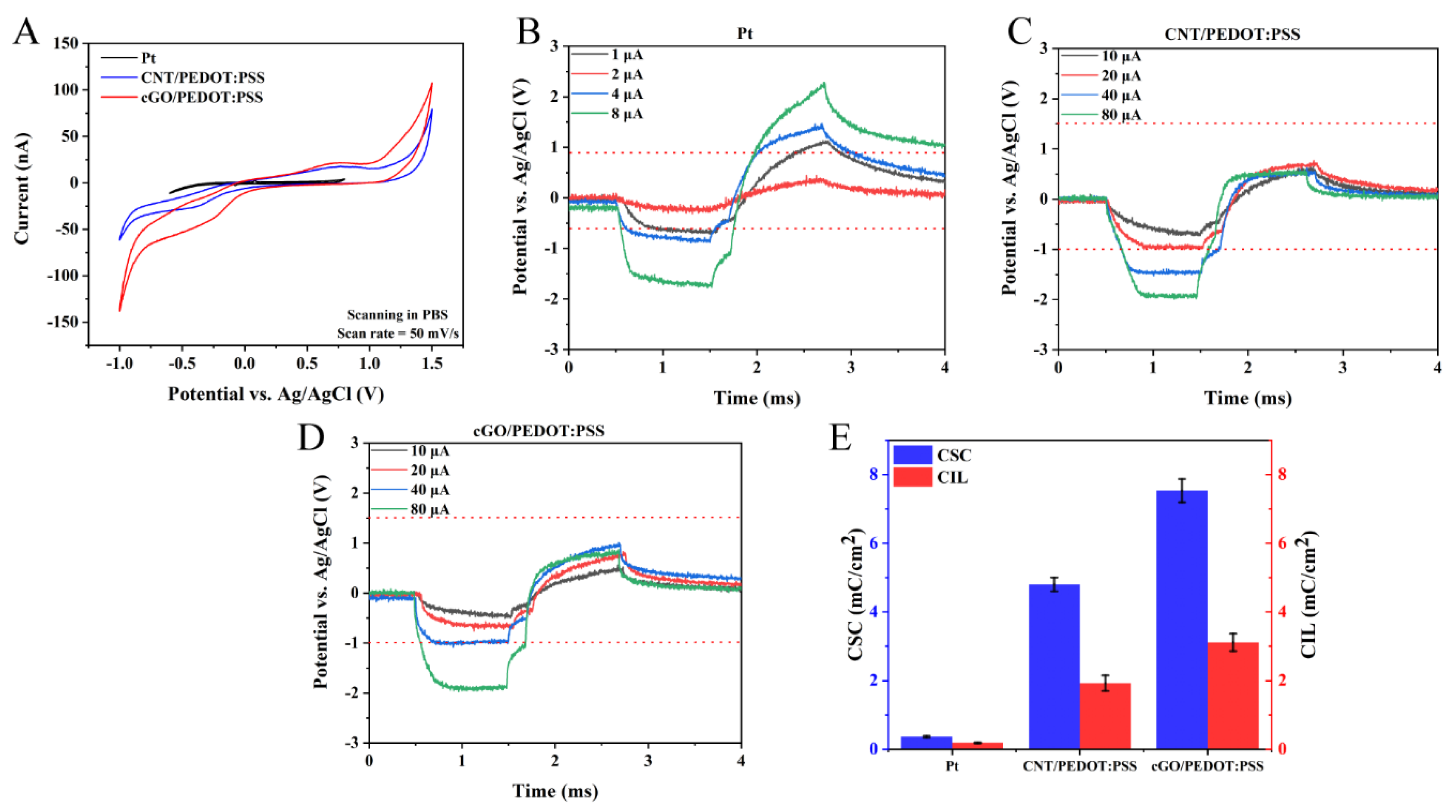

For ball velocity, upper body anthropometrics and angular joint velocities emerged as the most important criteria. These aspects strongly determined jump height in females and should be included in technical and strength-related training. Key aspects for jump height were (1) optimised approach and energy conversion, (2) wide dynamic arm swing allowing for a forceful countermovement and, thus, increased range of motion in lower limbs, and (3) large angular velocities in ankles and knees, especially on the dominant side. For ball velocity, stepwise regression analysis was not feasible however, an alternative model yielded adjusted R 2=0.55, p<0.01.

A stepwise regression model (adjusted R 2=0.82, p<0.001) predicted jump height based on orientation step length and maximal angular velocity of dominant knee extension. Ten out of 42 characteristics correlated with jump height and none of 22 correlated with ball velocity. Data were collected via twelve MX13 Vicon cameras (250Hz), two AMTI force plates (2000Hz), and controlled via Visual3D software.
SPIKE PERFORMANCE FULL
SPIKE’S broad deployment enables customers to collaborate with full commonality and interoperability between all the NATO and EU user groups on. The objective of this study was to investigate the relationship between movement characteristics and female' spike jump performance and to identify the most relevant aspects of jump height and ball velocity.įifteen elite female volleyball players performed spike jumps by striking a stationary ball at maximal jump height. SPIKE Precision Tactical Guided Missiles Family These highly reliable, multi-purpose missiles strike with the utmost accuracy, incorporating advanced technology, high reliability and low LCC. Performance factors in the volleyball spike jump are well known for male players however, technical-coordinative differences for female players are known only marginally.


 0 kommentar(er)
0 kommentar(er)
